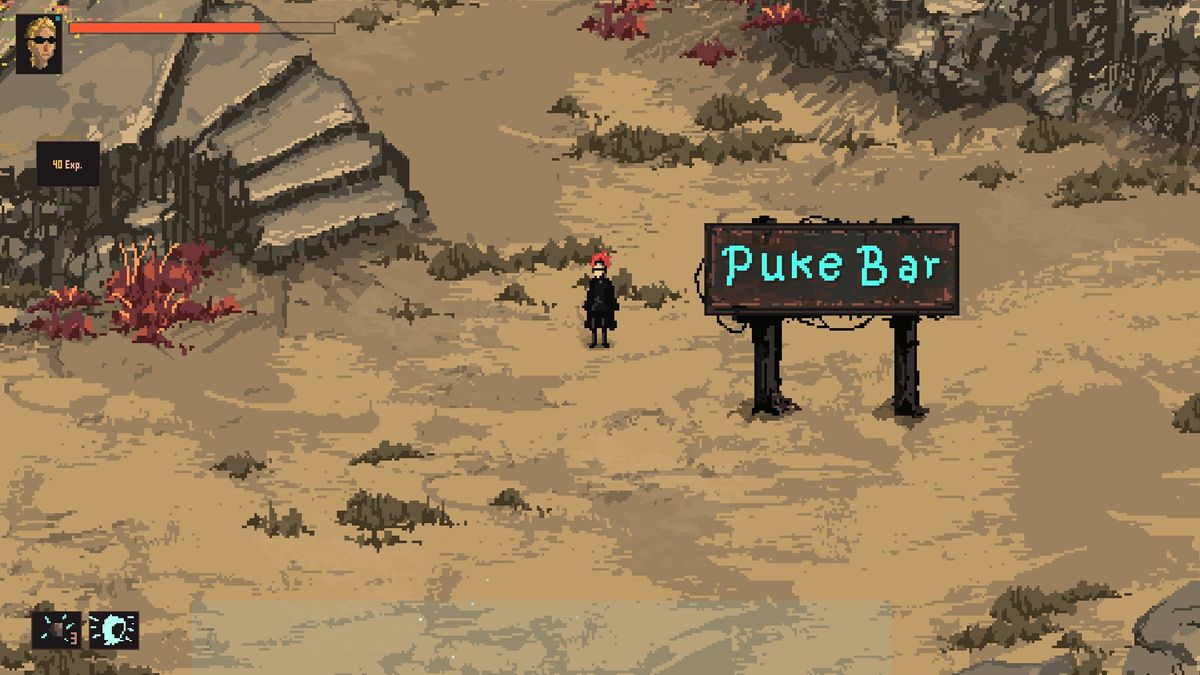


Upon UV exposure, a global “shutdown” of transcription occurs-an immediate inhibition of transcription elongation ( Lavigne et al., 2017, Williamson et al., 2017), followed by inhibition of transcription initiation, even on undamaged genes ( Gyenis et al., 2014, Rockx et al., 2000, Williamson et al., 2017). These data expose regulation of global RNAPII levels as integral to the cellular DNA-damage response and open the intriguing possibility that RNAPII pool size generally affects cell-specific transcription programs in genome instability disorders and even normal cells.ĭNA damage, such as the bulky lesions generated by UV irradiation, not only elicit DNA repair but also dramatically affect transcriptional output. Additionally, regulation of RNAPII stability is central to transcription recovery-persistent RNAPII depletion underlies the failure of this process in Cockayne syndrome B cells. RNAPII degradation results in a shutdown of transcriptional initiation, in the absence of which cells display dramatic transcriptome alterations. K 1268 ubiquitylation affects DNA repair and signals RNAPII degradation, essential for surviving genotoxic insult. Here, we provide insight into how these responses are connected by the finding that ubiquitylation of RNAPII itself, at a single lysine (RPB1 K 1268), is the focal point for DNA-damage-response coordination. In response to transcription-blocking DNA damage, cells orchestrate a multi-pronged reaction, involving transcription-coupled DNA repair, degradation of RNA polymerase II (RNAPII), and genome-wide transcription shutdown.


 0 kommentar(er)
0 kommentar(er)
